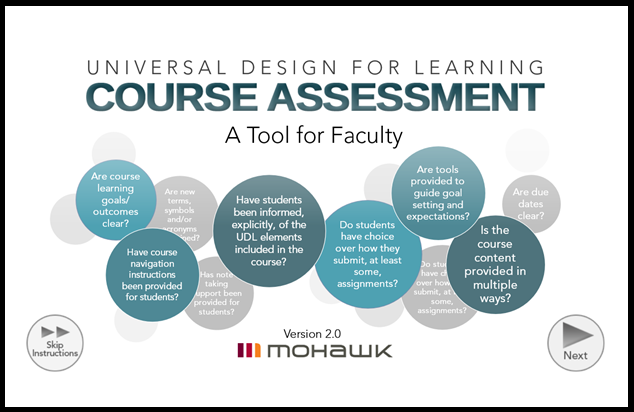
What is UDL in Education?
If you’ve been wondering what is UDL in education, then you’ve come to the right place. This style of teaching aims to provide equal opportunity for students of all abilities, by providing multiple modes of access to knowledge. Here, we discuss Principles of UDL, Examples of UDL implementation, and resources to support UDL in your classroom. Let’s get started! -What is UDL?
Uninterrupted time on task (UTOT)
Time on task is a term used in education that measures the amount of time students spend engaged in learning activities. This is an important aspect of the teaching process because it helps teachers gauge how well their students are engaged and how much time they are able to spend on a particular task. Time on task can be increased by employing active learning strategies and learner-centered design. However, the most effective ways to increase time on task are through a combination of these strategies.
The importance of UTOT in education is often overlooked. Many teachers will interrupt students if a pause lasts longer than three seconds. In fact, many studies show that when students are left in silence for longer than three seconds, they are much more likely to volunteer information. A few seconds of silence can have a huge impact on the way a student thinks. Moreover, UTOT is the most effective way to promote higher-order thinking skills in students.
Principles of UDL
The principles of Universal Design for Learning (UDL) encourage educators to present information in multiple ways for learners to find it most interesting and engaging. Different learners respond differently to novelty, routine, and group work. Incorporating UDL into course design or specific instructional strategies can help accommodate these differences. Examples of such instructional strategies include:
Despite the wide range of needs, UDL encourages teachers to incorporate multiple means of representation when presenting material and asking students to demonstrate their knowledge. The benefits of UDL extend beyond accessibility. For example, a teacher can use a combination of audio, video, and text to engage all learners. They can also include hands-on learning to engage their students. Providing multiple options for representation reduces barriers for all learners.
Universal Design for Learning consists of three basic principles. By following these principles, teachers can improve their instructional design and decrease the need for special accommodations for students with disabilities. In addition to reducing barriers to learning, it can increase student engagement and expand subject knowledge. Teachers should follow these principles by using technology to enhance the presentation of content, develop inclusive assessment tools, and ensure that everyone can benefit from a lesson. It’s best to implement these principles step-by-step.
Examples of UDL implementation
Universal Design for Learning (UDL) is a design approach that integrates knowledge of subject areas with child development and individual student needs. It allows students of all learning styles to take in information and express their knowledge and understanding. This approach improves the learning experience for all students and allows them to grow beyond their previous level of knowledge. Examples of UDL implementation in education include student engagement and the use of tools and resources. Read on for examples of UDL implementation in education.
Before developing an example of UDL, identify the intended application for the design. Consider best practices in the field, including evidence-based teaching practices and technology standards. Be mindful of diverse user characteristics, such as age, gender, ethnicity, learning style, size, and physical abilities. Consider the unique needs of the target users to develop a better design. And don’t forget to evaluate and adjust your design accordingly. These are just a few of the many ways you can improve your design.
Resources for implementing UDL
If you’d like to learn about UDL and implement its principles in your classroom, here are some resources for teachers. UDL guidelines are the foundation for UDL implementation. They outline multiple means of representation, action, expression, and engagement. Knowing these guidelines is essential to planning lessons that use UDL principles. Here are two files with the same information: the UDL Framework and the teacher’s guide. If you’re interested in learning more about UDL, we recommend both files.
Arendale and Poch provide guidelines for planning and assessing classrooms using UDL. They also provide a ULD task analysis tool template. Higbee and Eaton describe UDL implementation in learning centers and the use of UD to guide academic support programs. UD is not something that can be implemented overnight. Instead, consider it a method that can be implemented slowly. Ultimately, you will see positive results as you continue to implement UDL in your classroom.
If you’ve been wondering what is UDL in education, then you’ve come to the right place. This style of teaching aims to provide equal opportunity for students of all abilities, by providing multiple modes of access to knowledge. Here, we discuss Principles of UDL, Examples of UDL implementation, and resources to support UDL in your…
